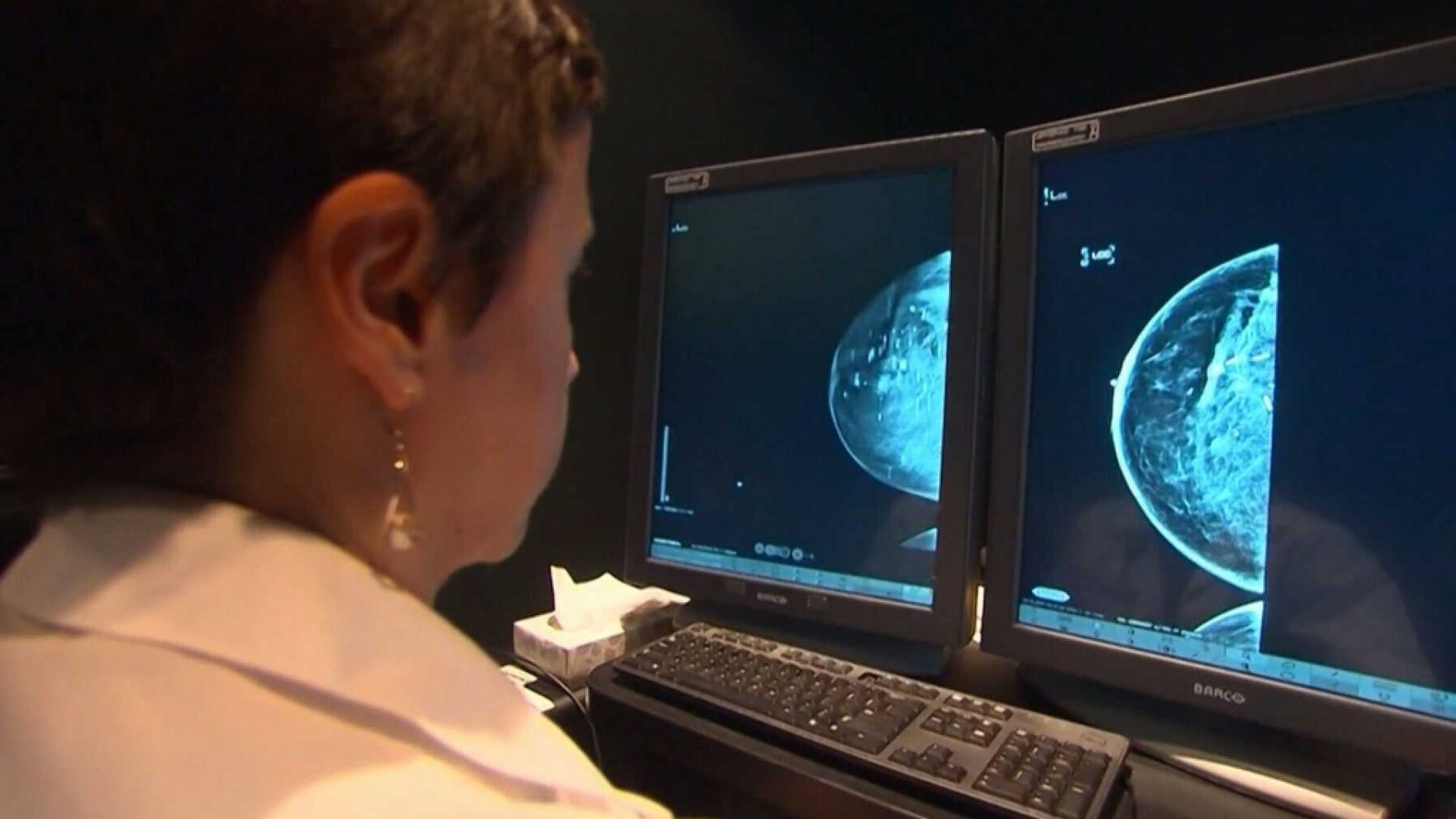Health
Ontario Lowers Mammogram Self-Referral Age to 40, Sparking Discussion on Screening Guidelines

The Ontario government has implemented a policy change allowing women between the ages of 40 and 49 to self-refer for mammogram breast screenings. Previously, this age group required a doctor’s referral to access the service. This decision, announced by the Health Minister Sylvia Jones, expands screening access to around one million additional women in Ontario, which is Canada’s most populous province. The change is effective immediately and aligns with actions taken by several other Canadian provinces.
Minister Jones remarked, “Breast cancer affects one in every nine women in Ontario and we know early detection and increased access to treatment and care saves lives.” She emphasized the government’s commitment to providing Ontarians with necessary healthcare services, highlighting that early screening can play a crucial role in detecting breast cancer before it spreads.
The new policy is backed by research indicating that regular mammography can be critical for early detection of breast cancer. The Canadian Cancer Society supports this initiative, with its CEO, Andrea Seale, stating, “Breast cancer screening is critical to detect cancer early, when it’s easier to treat. It’s incredibly important that Ontario is expanding access through self-referral for people 40+, which will undoubtedly help reduce the risk of dying from breast cancer.”
Prior to this change, Ontario’s minimum age for self-referral was 50. Now, women in the 40-49 age bracket can book screenings independently by phone or online. Ontario Health has developed a new website to facilitate this process, allowing users to locate the nearest Breast Screening Program site, check waiting times, and make appointments.
Despite the positive reception, experts caution about the potential for increased false positives which may lead to unnecessary anxiety and procedures. Judy Linton, Executive Vice President for Clinical Institutes and Quality Programs at Ontario Health, acknowledged these concerns, estimating an additional 500 false positives due to the expanded eligibility. However, she also noted the potential to diagnose an estimated 845 additional cancer cases annually because of the change.
The Canadian Task Force on Preventive Health Care, an independent panel, had previously advised against lowering the screening age to 40 due to concerns about unnecessary procedures. Yet, they supported the option for women in their 40s to request mammograms after receiving relevant information from their healthcare provider.
Sylvia Jones’s announcement places Ontario alongside British Columbia, Nova Scotia, and several other provinces which allow self-referral starting at age 40. Plans to lower the self-referral age to 40 are underway in additional provinces such as Saskatchewan and Manitoba, which are setting their targets for the next few years.
The Ontario government has allocated $19 million to support this expanded screening initiative, with expectations to increase annual screening mammograms by 177,000. The repercussions are anticipated to be broad, potentially leading to more ultrasounds, diagnostic mammograms, and biopsies.
The change has been welcomed by advocates, including Jennie Dale, Executive Director of Dense Breasts Canada. Nonetheless, she has expressed concerns that requiring discussions with doctors might still create access barriers for some women due to authoritative healthcare recommendations, highlighting the ongoing debate around screening guidelines. “Women are still facing the figure of authority giving them this message,” Dale commented, indicating that accessibility remains a multifaceted issue.












